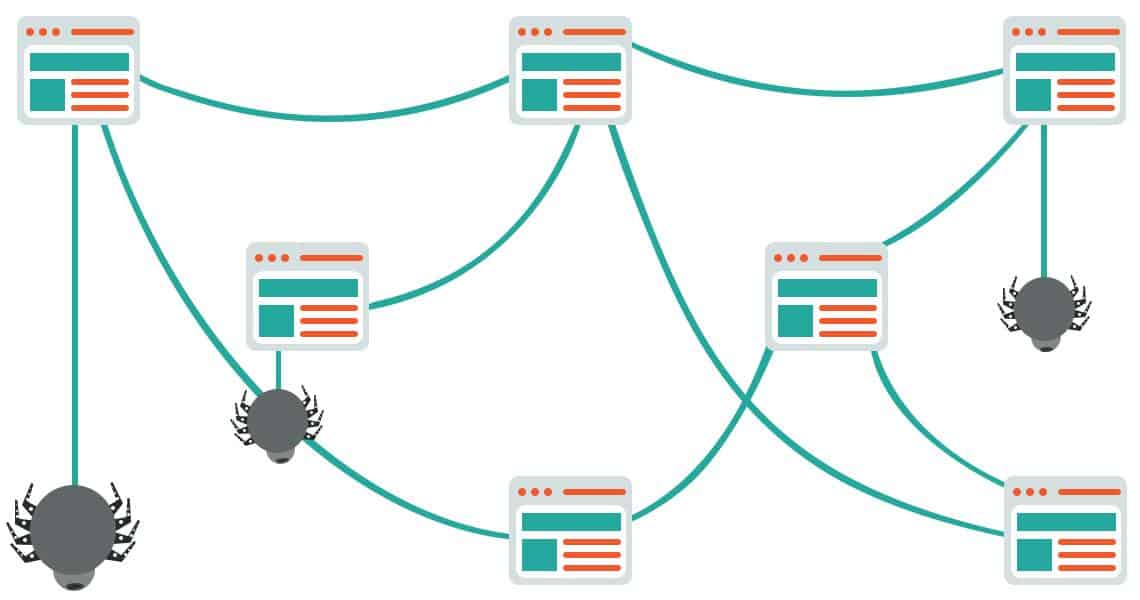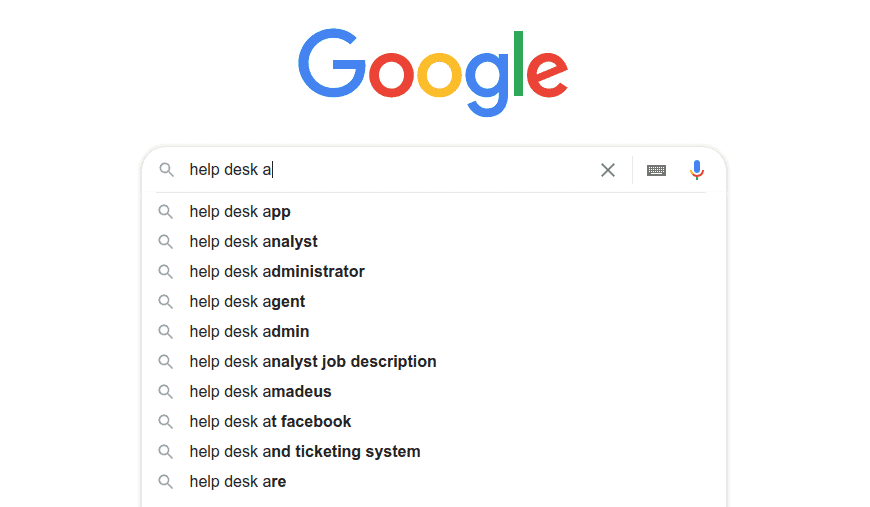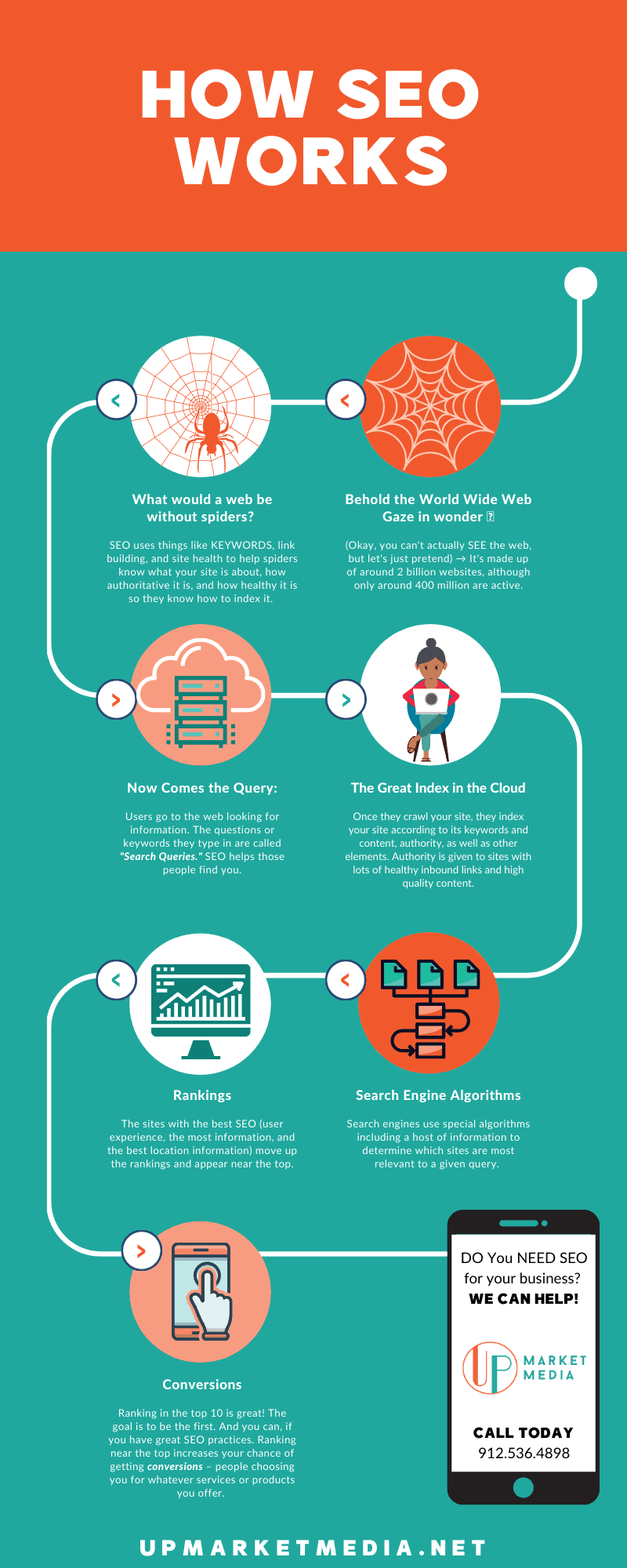Maybe you’ve heard it for years, but always wondered, “What is SEO?”
SEO is short for Search Engine Optimization. Short and sweet – it’s the process of helping your website rank higher than your competitors. According to Wikipedia: “Search engine optimization (SEO) is the process of improving the quality and quantity of website traffic to a website or a web page from search engines.”
There are many details that go into how Search Engine Optimization works. The answer to the question “What is SEO?” is a complex one. For now, we’ll cover just a few key components:

What’s a Web Without Spiders?
Imagine the world-wide web as an actual spider web comprised of nearly 2 billion websites (as of 2020). Search engines have to have a way of cataloging all of the information on each of those websites. Enter “spiders.”
These “spiders,” or bots, crawl through websites collecting information. Search Engine Optimization is the process of making sure your website is giving these “spiders” the information they need to correctly identify what your website is about.
Spiders crawl through each page on your site looking at various ranking factors. They search the links to your site (backlinks), from your site (external links), and within your site (internal links). They will look for information like where you are located, how user-friendly your site is, site security (SSL), images, videos, content, and most importantly, KEYWORDS.
Google on Crawl Budget
According to the good folks at Google: “Crawl Budget is the number of URLs Googlebot can and wants to crawl.”
The crawl capacity limit can go up and down based on a few factors:
- Crawl health: If the site responds quickly for a while, the limit goes up, meaning more connections can be used to crawl. If the site slows down or responds with server errors, the limit goes down and Googlebot crawls less.
- Limit set by site owner in Search Console: Website owners can optionally reduce Googlebot’s crawling of their site. Note that setting higher limits won’t automatically increase crawling.
- Google’s crawling limits: Google has a lot of machines, but not infinite machines. We still need to make choices with the resources that we have.”
Indexing: The Card Catalogue in the Cloud
Spiders take this information collected from the websites crawled and store it within the cloud. This process is called “indexing.” We may be telling our age, but think old school card catalog in the sky.
If you don’t know what an old school card catalog is, then consider yourself lucky that you probably also never experienced the agony of a dial up internet connection when you’re late for an AOL chat date.
Search Engine Optimization (SEO) is the process of making sure that your website is catalogued correctly, so your customers can easily find it.

Search Queries: Getting Found
When a user gets on a search engine, they will type what they are looking for into the search bar. Those words, phrases, or questions are called “search queries.” Once the search engine knows what the user is looking for, a special search engine algorithm is applied to find the most relevant result. Those sites that are deemed the most relevant, healthy, and user friendly get moved to the top of the results.
Getting to the Top of Search
There are many factors that go into getting your website to the top of search. Most search results are organic (SEO) or paid ads. Believe it or not, SEO can also have an effect on paid ads. We will talk in the coming weeks about both paid and organic reach and how each can benefit your business.
In the meantime, here’s a simple visual aid to help answer the questions, “What is SEO?” and “How does SEO work?”

Search Queries: Getting Found
When a user gets on a search engine, they will type what they are looking for into the search bar. Those words, phrases, or questions are called “search queries.” Once the search engine knows what the user is looking for, a special search engine algorithm is applied to find the most relevant result. Those sites that are deemed the most relevant, healthy, and user friendly get moved to the top of the results.

Ready for more?
This post in our series is only meant to give you a basic understanding of how SEO works. Much like maintenance on a car, the process of optimizing your website is ongoing. Come back next week to learn why SEO is so important for businesses. Be sure you’re following us on social media so you don’t miss it!
If you have read through “What Is SEO?” and are ready to partner with a proven Search Engine Optimization company, you’re in the right place. Our SEO specialists help our clients claim valuable real estate in organic search results every day. Just request a consultation to get started!

0 Comments